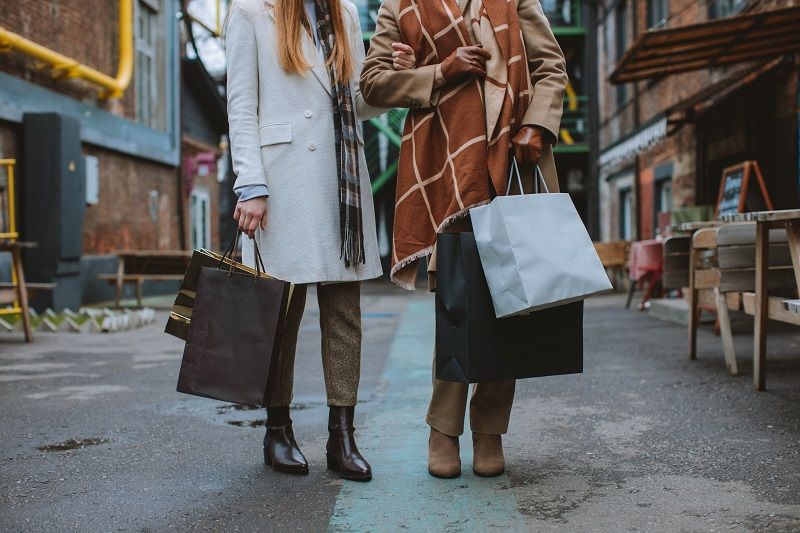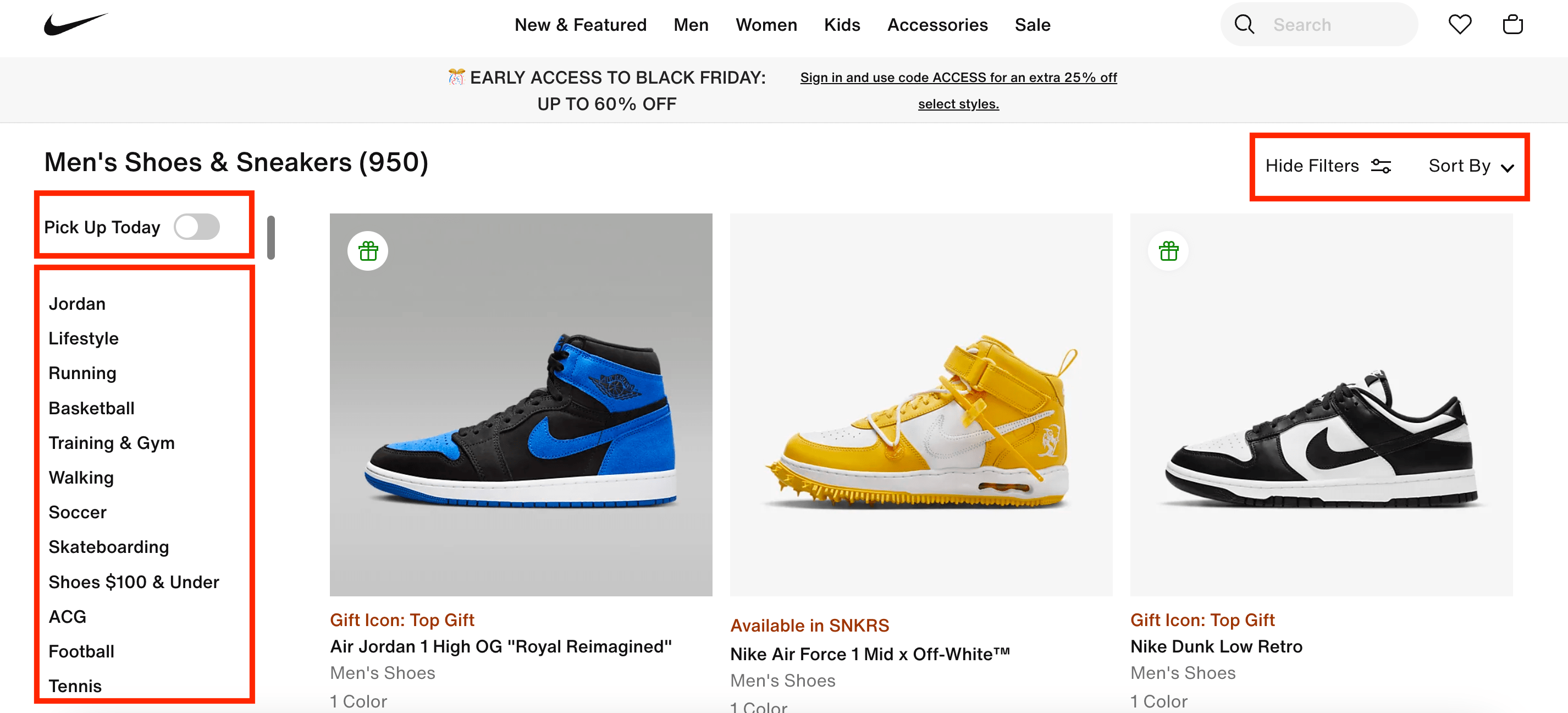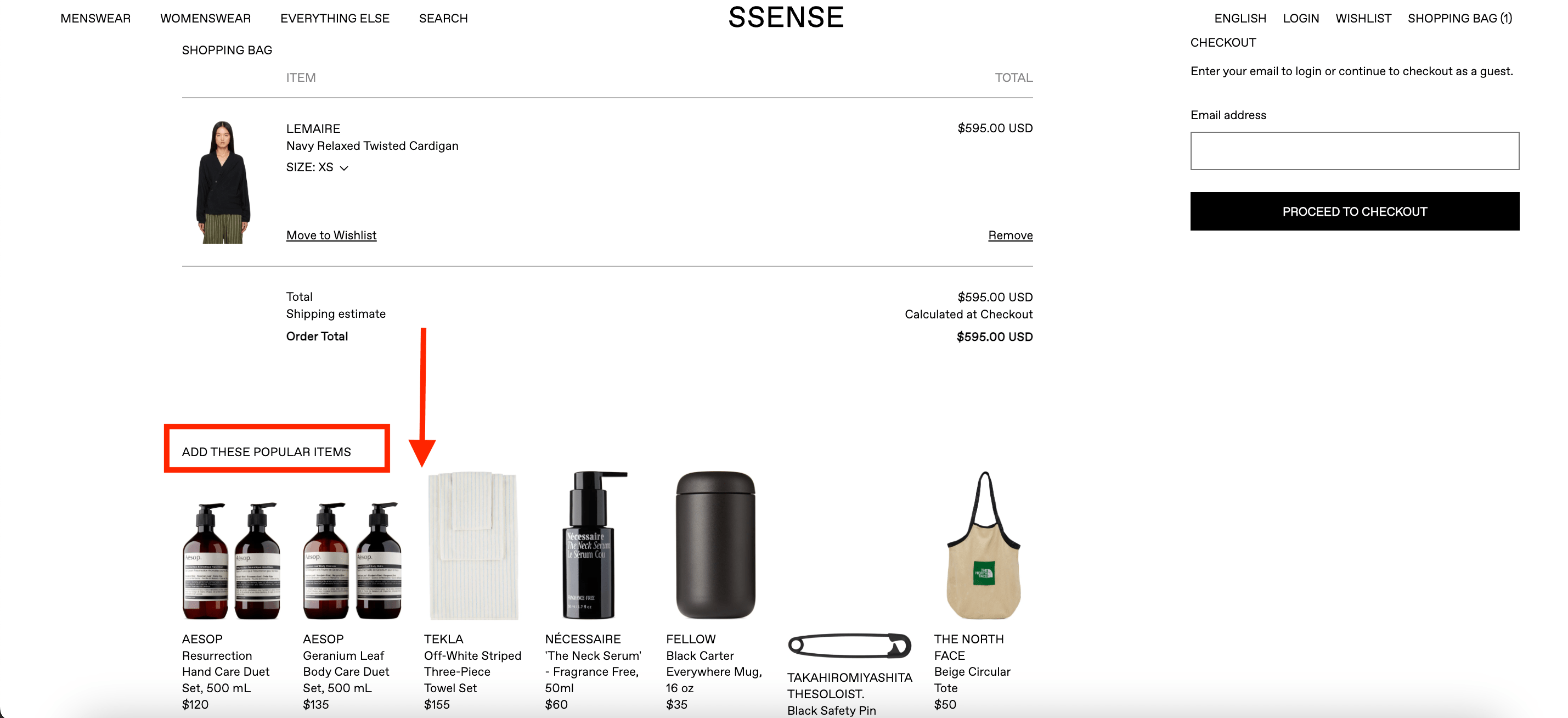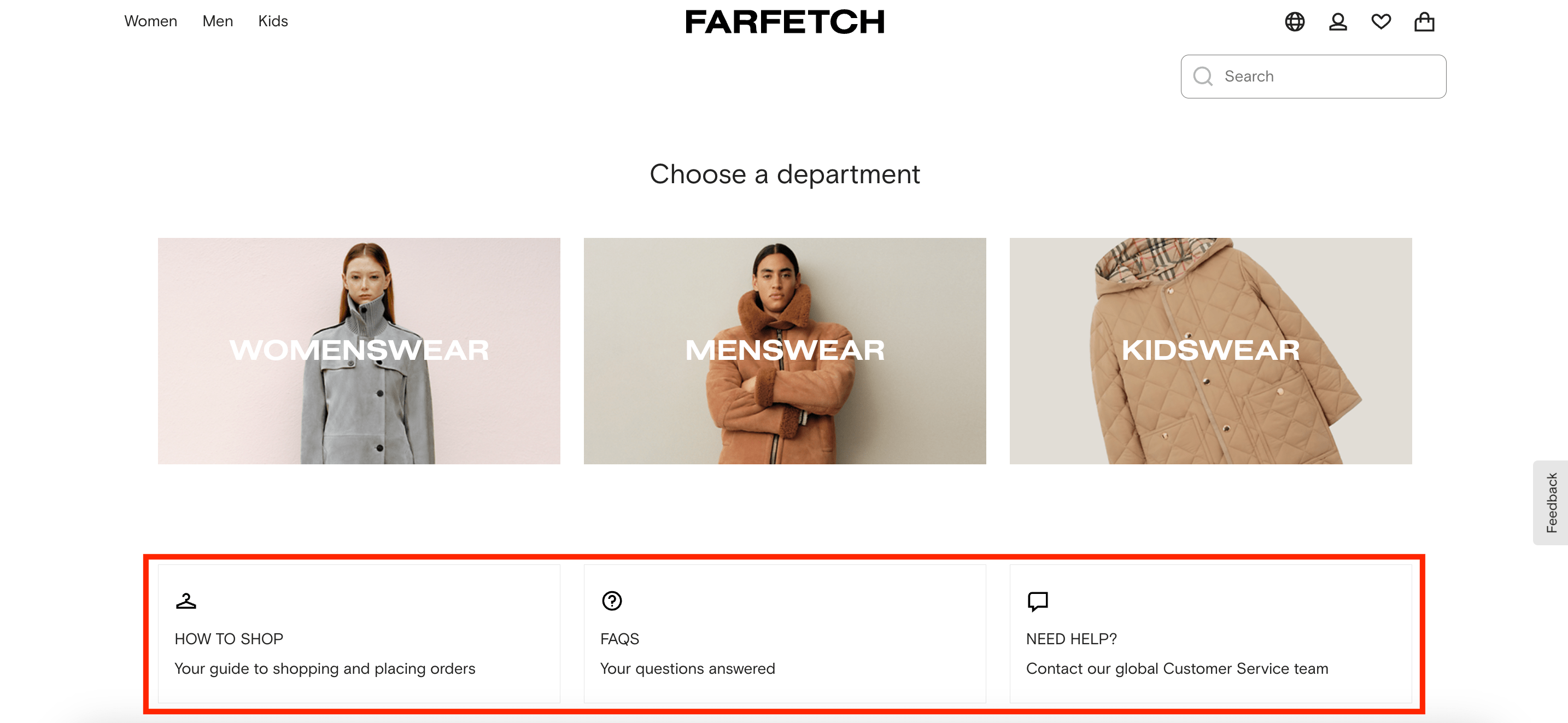
Marketing
Why are reviews important for your retail store?
Reviews guide customers as they make choices, foster trust, and can even give sales a significant lift. If your clothing...
eCommerce vs. Retail: Pros, Cons, and Key Differences
eCommerce

In recent years, the way companies started conducting business has experienced a profound shift mainly driven by the advancements in technology and changing customer preferences. The eCommerce and retail business models have been bumping heads more than ever, putting potential entrepreneurs in a tough decision - should you go online or stick to a physical store?
Even though eCommerce is clearly on the rise, it does not mean that brick-and-mortar shops will subside for good. The traditional shopping experience and retail are likely here to stay in the future as well. Both shopping channels together are predicted to earn 7.43 trillion USD in sales in 2024.
So, the main question is - what's the better choice, eCommerce or retail?
In this article, we reveal the differences between eCommerce and retail, discuss the pros and cons, and take a look at the future of online and offline shopping.
So, keep on reading to learn what will shape the shopping experience of tomorrow and discover how businesses are adapting to thrive in this new digital age.
Both eCommerce and retail refer to the sale of goods and/or services to customers. However, they still are completely different business models. So, let’s see what’s the core difference between the two.
eCommerce represents the sale of products exclusively online. Purchases are made through the internet by using different digital channels: websites, retail apps, social media, and online marketplaces.
eCommerce transactions have become quite convenient as customers can now buy a product with a few clicks and even opt for same-day delivery.
Retail refers to the sale of products that involve person-to-person interaction with both retail sales workers and the products. Retail can be done in many different ways: physical brick-and-mortar stores, catalogs, or direct mail.
Although they don’t offer the same ‘shopping from home’ convenience as online stores, retail businesses allow you to come in person and inspect the products up close before making a purchase.
To clearly understand the differences between online and offline shopping, let’s start by looking at what they offer in terms of customer shopping experience.
Retail
In traditional brick-and-mortar stores, the customers have a physical interaction with the product and can assess its qualities firsthand, as we mentioned before.
Customers can touch and feel the products, try them on, and get a real sense of their quality. However, the drawback here is the time and effort required for the shopping trip.
eCommerce
eCommerce stores offer customers access to the products before purchasing by listing them on their websites. Oftentimes customers are provided with a vast range of categories and subcategories of trending products they can browse through.
However, the challenge consists of customers not being able to inspect the products in person prior to buying them. To provide them with the best shopping experience, online stores frequently use great-quality images, 360 product views, and even virtual try-ons. These techniques help your audience to get an interactive and appropriate representation of the products you’re selling.

Retail
Perhaps one of the biggest advantages of shopping in retail stores is the immediate gratification – taking the purchases home the same day. For this reason, people tend to value traditional retail over eCommerce when they want or need to purchase something immediately.
eCommerce
Since eCommerce stores often don’t offer in-store purchases, it always takes some time until you can get your hands on the purchased product. However, a lot of eCommerce retailers make an effort to offer as speedy home delivery as possible. Many also provide same-day or at least next-day delivery.
Retail
With traditional retail services, it can be more difficult to locate an item and even more so if the establishment is spacious and offers multiple product categories.
eCommerce
Most eCommerce sites are equipped with advanced search services. This way, customers can easily type in the product they need into the search bar and see the applicable products. A lot of stores provide customer product and even price comparisons.

Retail
With retail stores, customers need to go to the store and purchase the product in person. Unfortunately, not everyone would have the means and the time to visit stores during their opening hours.
eCommerce
In contrast, eCommerce stores allow customers to shop anytime from the convenience of their homes. They only need a smart device and a working internet.
Retail
When it comes to retail, physical stores can only offer their goods and services within their opening hours. This is limiting the timeframe your customers can purchase from you and can cause in potential loss of sales.
eCommerce
eCommerce stores don’t have opening hours, meaning that make their products and services available at any time. This allows customers to browse and purchase whenever it is the most convenient for them.
Retail
The goal of brick-and-mortar stores is to keep a customer for as long as possible inside the store. This is proven to be a well-working sales technique. Customers often pass by other items when looking for what they initially came for, which makes them spend more time in the store.
eCommerce
eCommerce stores operate with different cross-selling techniques that don’t necessarily take customers a lot of their time. This aspect makes eCommerce stores a quicker and more efficient shopping option.

Retail
In the case of retail stores, customers can speak to personnel on the spot and in person. This can help them make an informed decision and potentially eliminate post-purchase issues.
eCommerce
As for online retailers, apart from their FAQs page, many of them offer real-time customer service through helplines and customer support chatbots. If they are not available at the moment you need to contact them, you can find chatbots on many sites that may also help you out in resolving the issues you’re experiencing.

eCommerce and retail show substantial differences when it comes to running a business as well. Here are the key features that distinguish operating an online from a physical store.
Retail
Retail businesses often have much greater expenses. Some of the biggest costs incurred by physical stores include renting physical locations and paying utilities, and maintenance.
eCommerce
A lot of eCommerce business models involve low investments and don’t require huge expenses for maintenance. Other than costs for hosting solutions, web development, and inventory, online stores don’t have other overbearing expenses.
They often don’t need to rent working spaces as the employees can work from home. Some eCommerce models like dropshipping can even save you money on renting warehouses by allowing entrepreneurs to start an online store without inventory – in other words, you don’t need to manage physical inventory.
Retail
Retail businesses often require more manual labor for tasks like restocking shelves, processing physical transactions, and handling in-person customer inquiries. This makes up more time and puts more responsibility on employees than necessary.
eCommerce
eCommerce businesses have the advantage of automating numerous operations: from order placements and inventory management to customer communications. This reduces a lot of the workload employees would usually need to do manually and streamlines the majority of business operations.
| eCommerce Pros | eCommerce Cons | Retail Pros | Retail Cons |
|---|---|---|---|
| ✅ Shop 24/7 from home ✅ Virtual try-ons ✅ Speedy delivery options. ✅ Advanced product search | ❌ Unable to physically inspect products. ❌ Products need to be delivered | ✅ In-person shopping experience ✅ Physical interaction with products ✅ Products can be obtained immediately after purchase ✅ In-person customer service | ❌ Time and effort required for shopping ❌ Limited shopping hours |
| eCommerce Pros | eCommerce Cons | Retail Pros | Retail Cons |
|---|---|---|---|
| ✅ Low investment and maintenance costs ✅ Reduced need for manual labor ✅ Automated operations ✅ Work flexibility | ❌ Costs for hosting, web development, inventory | ✅ Lower shipping costs ✅ Reduced website maintenance ✅ Lower cybersecurity costs | ❌ Manual labor required for tasks ❌ Rent, utilities, maintenance costs |
Opening an eCommerce store requires effort, discipline, and strategic planning. Take a look at some important tips to guide you in the process of launching your eCommerce business.
Check out: How to Start an Online Boutique?
To guide aspiring entrepreneurs interested in the retail business, it’s a good idea to have in mind the following tips:
If you are thinking about starting an online business or opening a physical store in the fashion industry, BrandsGateway is the supplier you want to partner with.
BrandsGateway is a dropshipping and wholesale supplier of luxury clothing and accessories that can stock your store with high-quality products from over 100 designer brands, including Dolce & Gabbana, Karl Lagerfeld, Michael Kors, Swarovski, Armani, Jimmy Choo, Prada, Gucci, Tory Burch, and many more.
If you’re planning on launching or are already running an eCommerce store, BrandsGateway’s dropshipping service could be exactly what you need, providing you with the following benefits:

If you’re more inclined towards running a retail business, BrandsGateway’s wholesale service is here to help you out building a successful brick-and-mortar store as well:

Having a brick-and-mortar store is a great way to engage with your customers. But on the other hand, eCommerce will soon be inevitable to tap into.
Even though the future seems to be in favor of eCommerce businesses, both models are here to stay. The decision ultimately rests on the type of business you’ve envisioned building.
Retail refers to the sale of goods directly to the end consumer through physical stores, while eCommerce involves buying and selling goods and services over the internet.
eCommerce has witnessed significant growth, especially with the rise of online shopping and digital transactions. While it has captured a considerable market share, traditional retail remains relevant. The landscape is evolving with a blend of both online and offline strategies to meet diverse customer preferences.
Amazon is primarily an eCommerce platform that allows customers to shop online. But, it also enables business owners to launch online stores. While it started as an online bookstore, it has evolved into one of the world’s largest and most diverse eCommerce platforms, offering a wide range of products. Amazon does have some physical stores, but its core business is conducted online.
What is dropshipping?